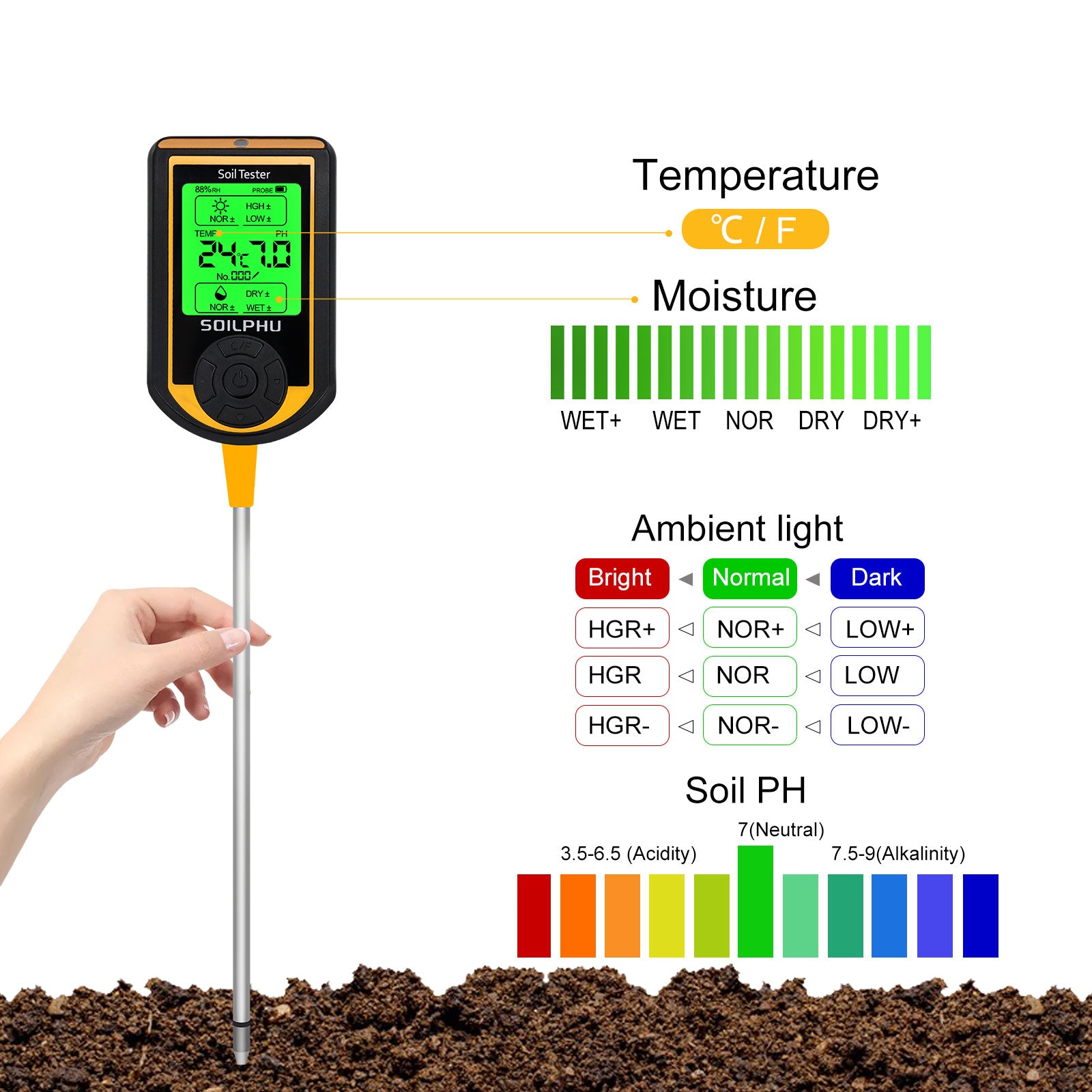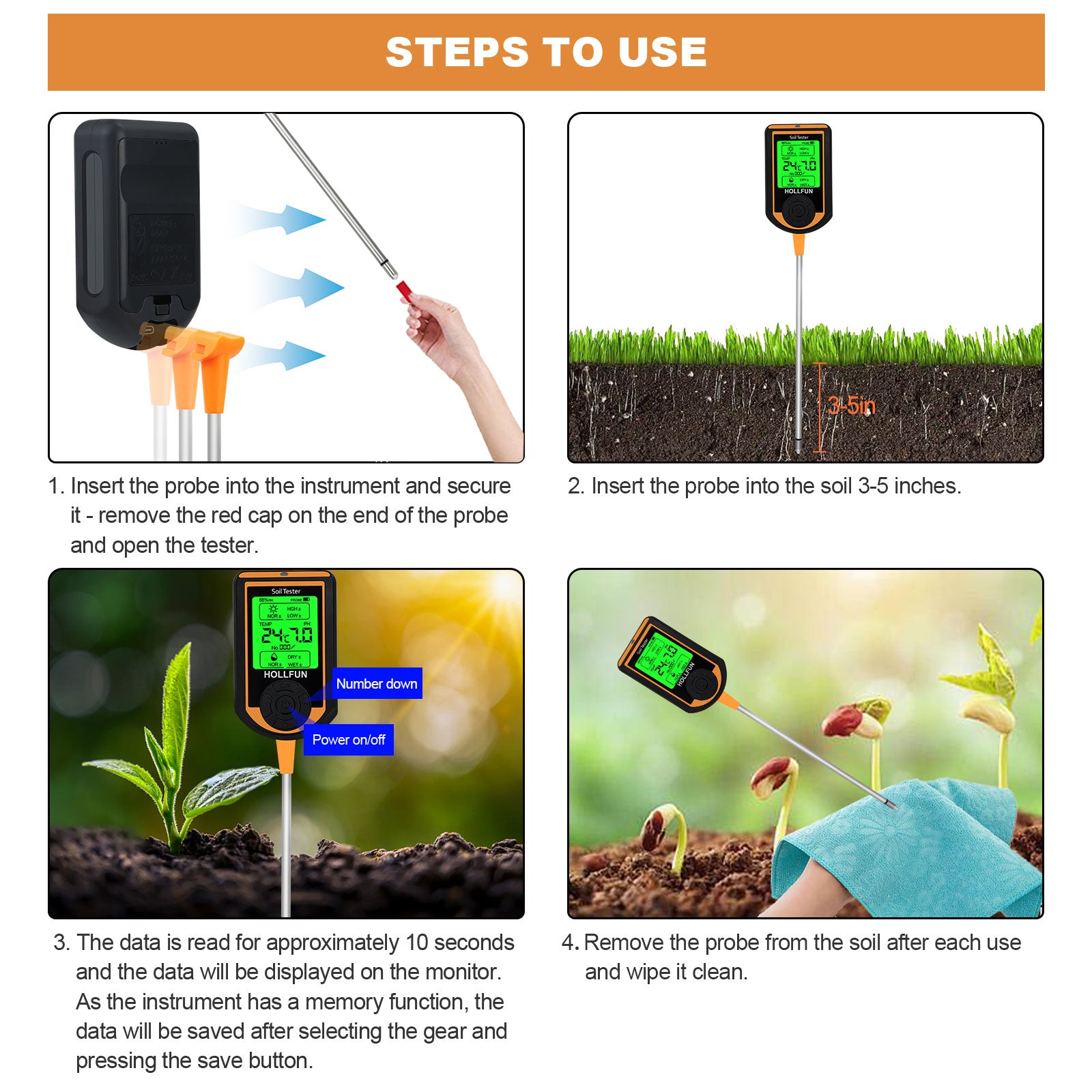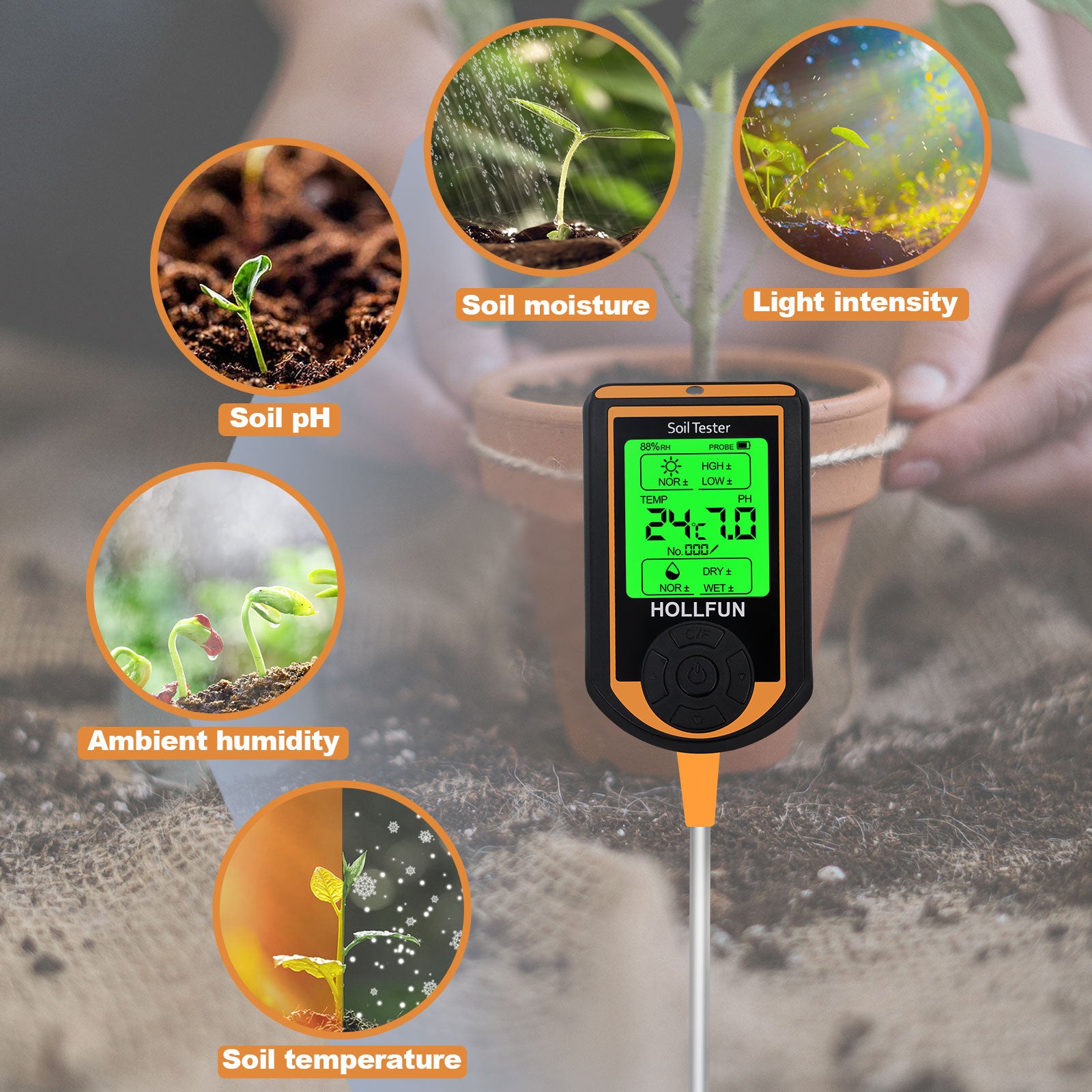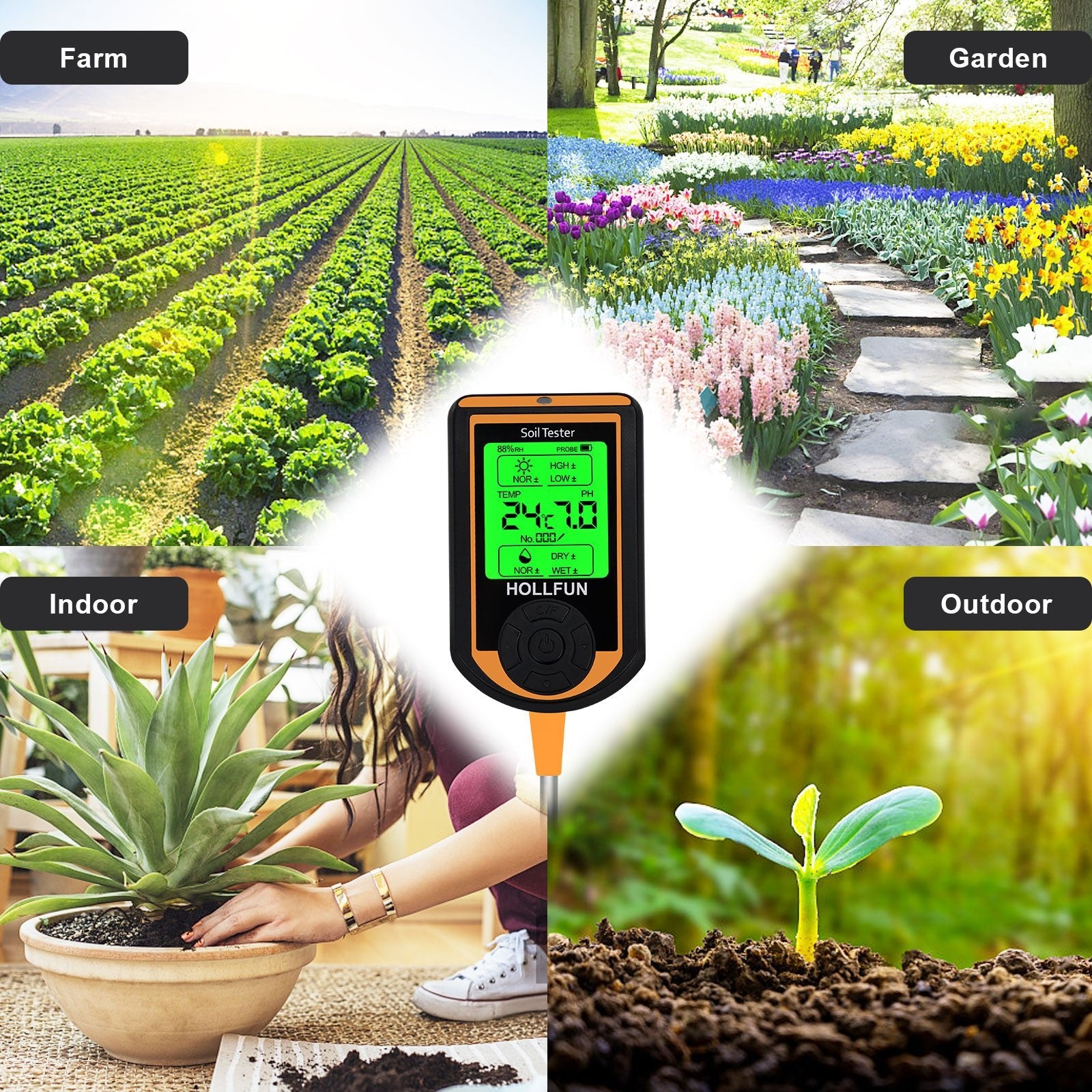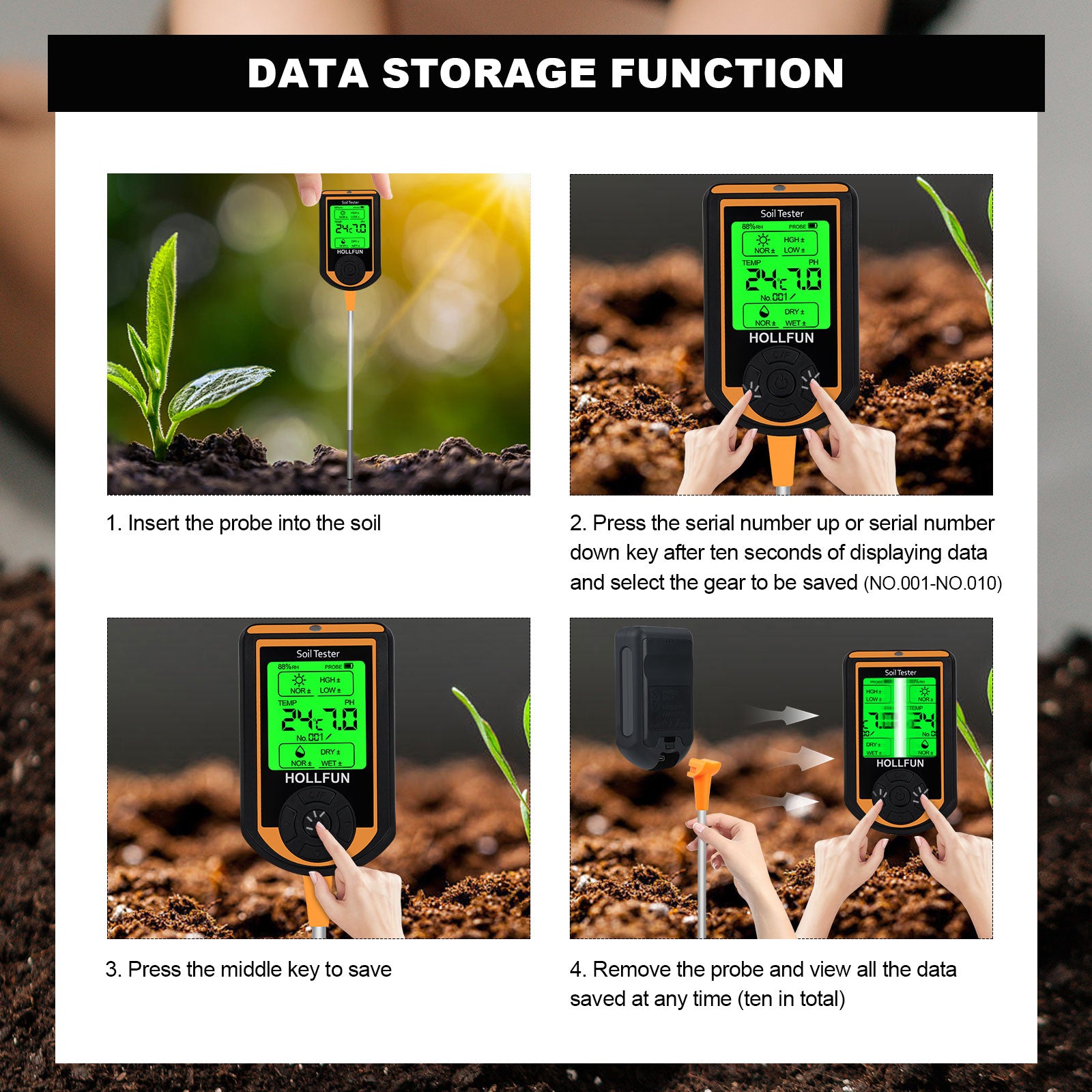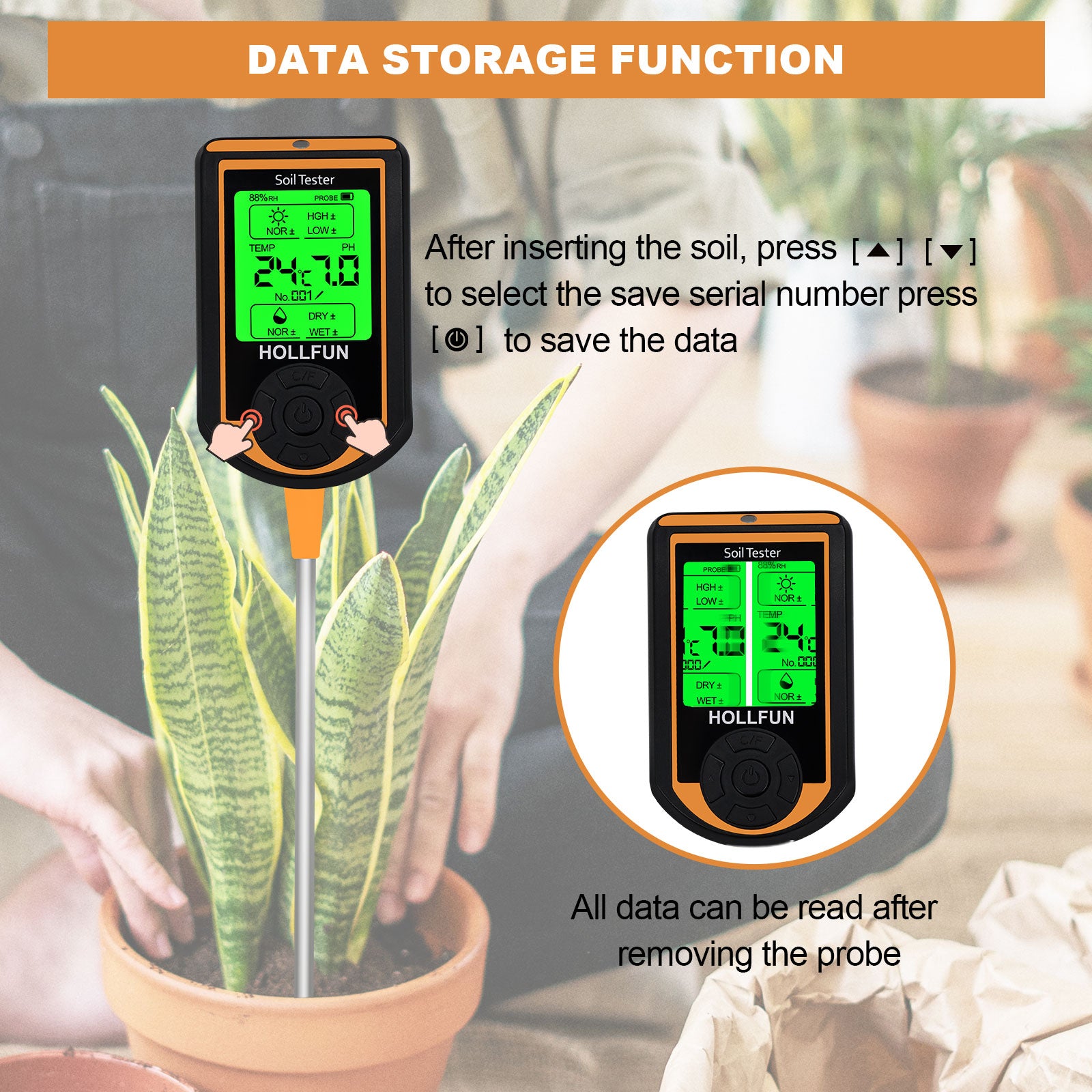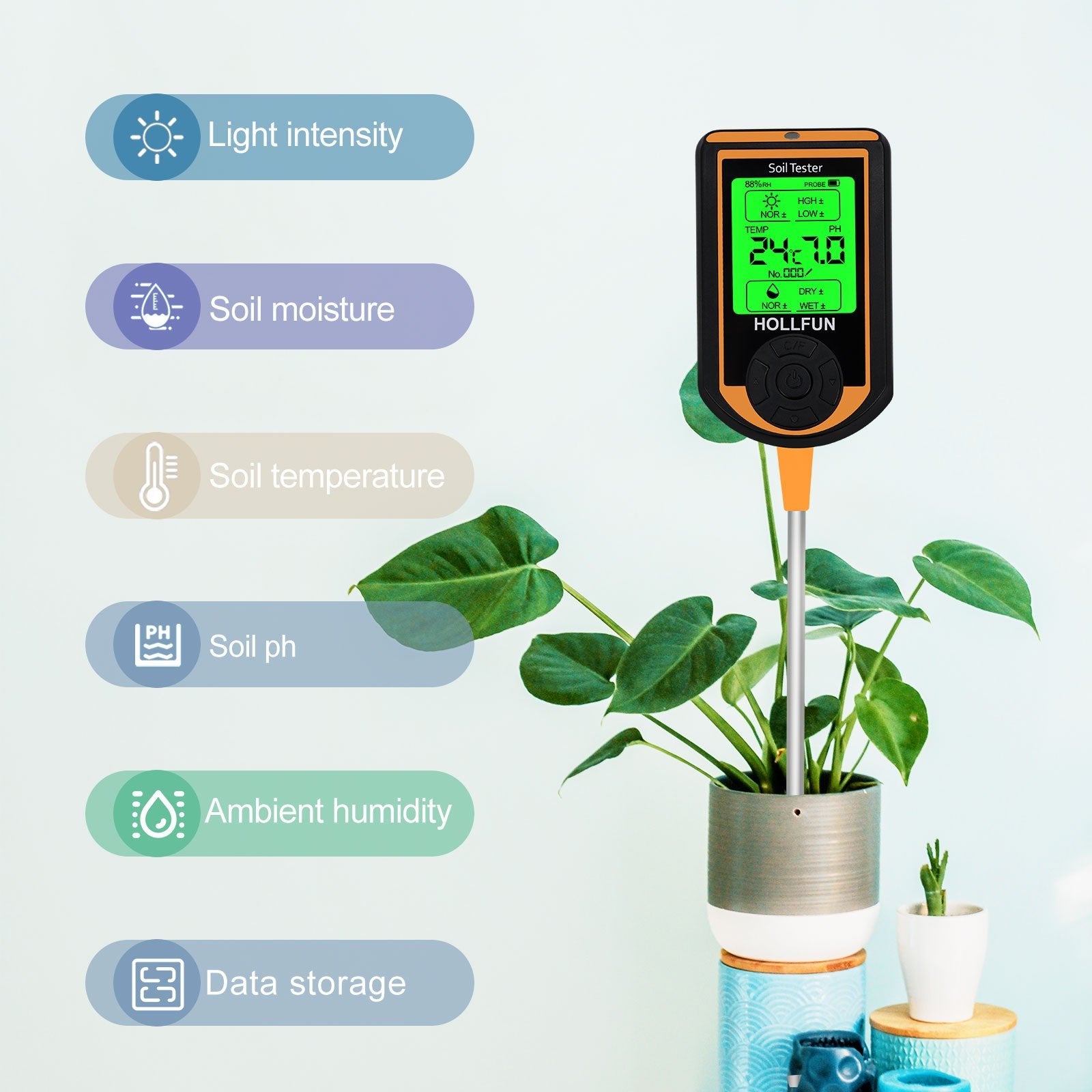Certainly! Please go ahead and list the 10 different types of flowerpot materials, and We will be happy to provide information about each of them to help users make informed choices.
Plastic pots
- Advantages: Inexpensive, relatively durable, lightweight. There is a wide variety of sizes, colors, and shapes.
- Disadvantages: Aside from environmental concerns, plastic pots can retain soil moisture for a longer time. This is beneficial for plants with high water requirements but may not be ideal for plants that need quick drying, as higher moisture levels could be unfavorable for healthy root development.
- Currently, some plastic pot designs effectively address the issue of excessive water retention. They allow air to enter more easily, facilitating water evaporation and promoting healthy root growth.
- Selection of Plastic Pots: Since plastic is not permeable, the more openings at the bottom of plastic pots, the better the drainage and breathability of the potting soil.
- Small pots (below 15cm): As long as there is a drainage hole at the bottom, it can be used for planting.
- Medium pots (15cm-30cm): They should have a significant number of drainage holes at the bottom.
- Large pots (above 30cm): It is essential to ensure excellent drainage at the bottom. During planting, add some large objects such as gravel, clay pellets, broken tiles, etc., to ensure the drainage of the potting soil
Clay pots
- Advantages: Clay pots allow gardeners to more accurately manage soil moisture. Plants grown in clay pots tend to be healthier overall, especially for plants with sensitive root systems. Clay pots allow moisture to escape from the entire surface of the container, providing better overall soil aeration. However, they require more attention to watering, as they tend to dry out faster. Clay pots are suitable for plants sensitive to root diseases. If a home gardener is interested in the health of the roots, we strongly recommend planting in clay pots.
- Disadvantages: The downside of clay pots is that they are prone to breakage and are often heavy. As plants grow larger and the pot size exceeds 30cm, they become more challenging to move. Placing large clay pots filled with soil outside in cold weather can cause them to crack.
Tile Pots
- The performance of clay pots is similar to that of ceramic pots, but their appearance is poorer, and they are very prone to breakage after long-term use. If you are not particularly fond of clay pots, it is recommended to use ceramic pots directly.
Glazed ceramic pots
- Advantages: Aesthetically pleasing, suitable for indoor settings such as dining tables and desks.
- Disadvantages: Heavier in weight, slightly larger ceramic pots, along with plants and soil, can be quite heavy overall. Additionally, the glaze on the surface completely prevents the evaporation of water. Glazed ceramic pots retain water well, making them less suitable for beginners who may struggle with water control.
- Selection of Ceramic Pots: It is crucial to choose pots with drainage holes at the bottom. You can opt for relatively smaller pots to ensure a quicker moisture cycle. Not recommended for beginners.
Cement containers
- Disadvantages: Cement pots are quite heavy and prone to breakage. They may crack in freezing weather. The breathability of cement pots is very poor, similar to ceramic pots, making them retain water well. This characteristic makes them less suitable for beginners who may struggle with water control.
Wooden containers
- Advantages: Wood is porous, allowing it to absorb moisture, but it evaporates water more slowly than plastic and faster than clay. For plants in gardens or on terraces, wood can be a good choice.
- Disadvantages: Wooden containers can decay over time. Additionally, weight becomes an issue when you need to move it. If the wood is treated with wood distillate, it can lead to plant death.
Fiberglass containers
- Many large decorative containers are made of fiberglass. Fiberglass pots are lighter than cement, and they won't crack in freezing temperatures if placed outdoors. They have very poor breathability, similar to ceramic pots, and it's essential to ensure that the container has drainage holes for proper soil aeration.
Woven container bags
- Advantages: Woven bags are relatively new containers that can support the growth of summer plants well in certain situations. Nurseries often use woven containers to cultivate trees. They have strong drainage capabilities, are lightweight, and can be easily emptied and stored in a small space at the end of the season.
- Disadvantages: Woven bags are not suitable for indoor planting or windowsills because during watering, water drains from the entire surface of the container.
Biodegradable pots
- Many biodegradable flower pots are made from rice husks. They resemble plastic in their ability to retain more moisture in the pot. After a few years of use, these pots will break down and can be easily composted. Environmentally friendly and biodegradable flower pots are a good choice, but they tend to be more expensive than plastic pots.
Peat pots
- Peat pots are ideal for short-term plant growth, but they tend to break easily as they age. Peat pots have excellent drainage, and the entire plant and pot can be directly planted into the soil or potting mix, making them environmentally friendly and conducive to plant growth.
Summary
- For new gardeners, plastic pots and clay pots are the most suitable. They have good breathability, so even if there are small watering mistakes, the plants won't die immediately.
- For experienced gardeners, decorative pots like ceramic, cement, wood, and glass pots can be tried. Since there is some watering experience, they can handle these less breathable and more water-retentive pots.
- Woven bags, biodegradable pots, and others are not commonly seen in home gardening.
Lastly, when it comes to flower pots, bigger is not always better. Be cautious not to choose pots that are too large, as oversized pots with small plants can lead to slow water evaporation. Watering even a little can result in waterlogged conditions for young seedlings, making them prone to root rot.
While having healthy roots doesn't solely depend on the pot, choosing an inappropriate pot can certainly lead to unhealthy roots.



